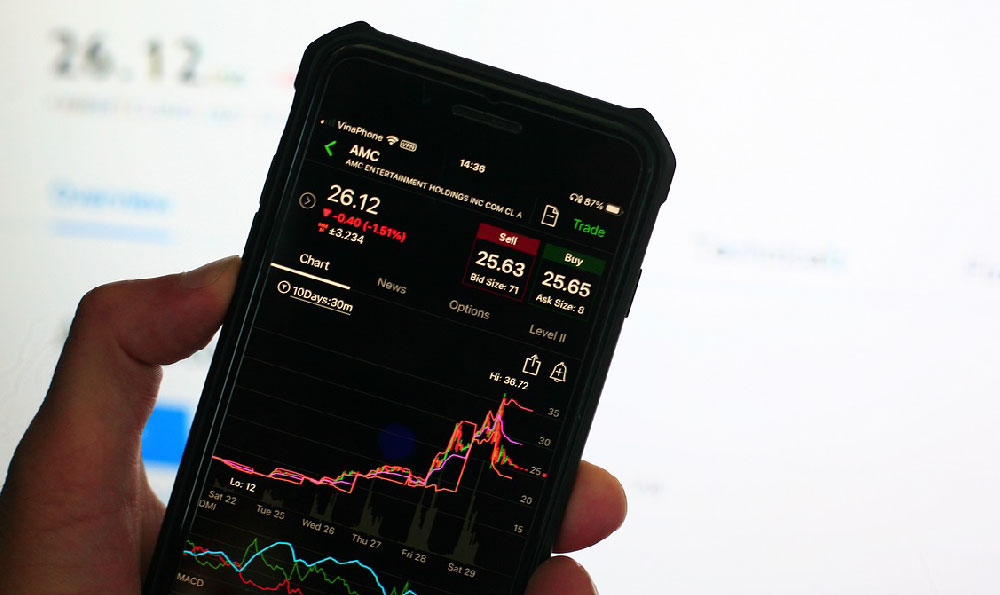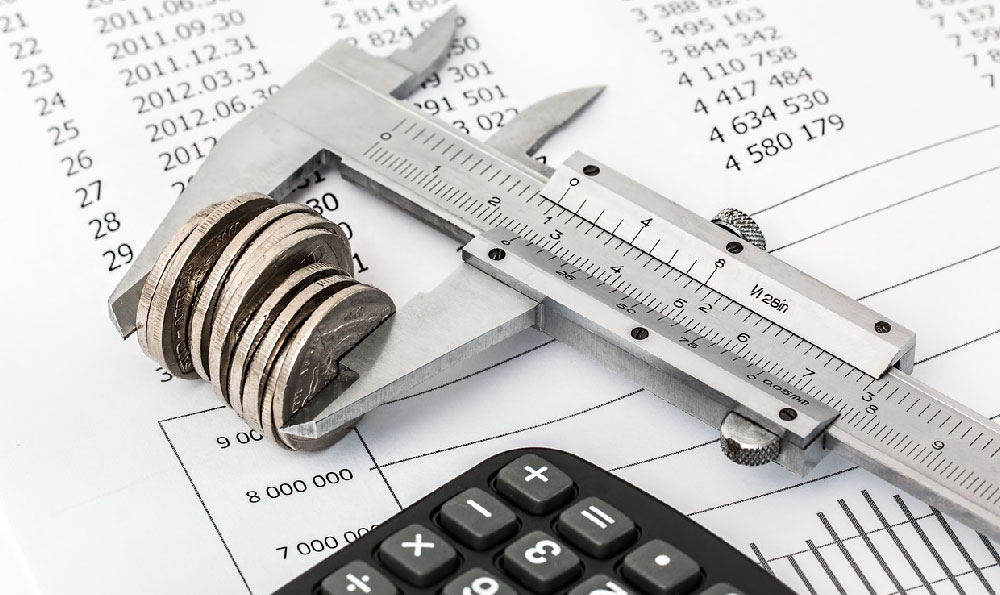Vending machines, those ubiquitous purveyors of snacks and drinks, represent a seemingly simple business venture. However, beneath the surface lies a complex interplay of factors that determine their profitability. Understanding the earnings potential of a vending machine requires a thorough examination of revenue generation, cost management, and strategic decision-making. The attractiveness of vending machines stems from their relatively low barrier to entry and potential for passive income. Yet, this very accessibility can lead to misconceptions about their true earning power.
The income generated by a vending machine is directly tied to its sales volume. This, in turn, is influenced by several key variables. Location is paramount. A vending machine situated in a high-traffic area, such as a busy office building, a college campus, or a factory floor, will invariably outperform one placed in a low-traffic, easily overlooked spot. The demographics of the location also matter. A vending machine stocked with healthy snacks and beverages might thrive in a gym or wellness center, while one offering sugary treats and sodas might be more successful in a construction site or a school. Furthermore, the accessibility of the machine plays a role. Is it easily visible and reachable? Is it well-lit and safe to access at all hours? Addressing these factors can dramatically increase sales.
Product selection is another crucial determinant of revenue. It's not enough to simply stock the machine with whatever is cheapest or most readily available. A successful vending machine operator must understand the preferences of their target audience. This requires market research, observation, and a willingness to experiment. Offer a variety of options, including popular brands, healthy alternatives, and seasonal items. Regularly monitor sales data to identify best-selling items and those that are underperforming. Adjust the product mix accordingly to maximize revenue. The prices charged for each item also directly impact the vending machine's earnings. Finding the right balance between profitability and affordability is essential. Overpricing items can deter customers, while underpricing can erode profit margins. Research competitor pricing and consider the perceived value of the products offered when setting prices. Implement strategies like offering discounts for bulk purchases or running limited-time promotions to incentivize sales.

Beyond revenue, the cost side of the equation is just as critical to understanding a vending machine's profit potential. Operating a vending machine involves a range of expenses that must be carefully managed to ensure profitability. The initial cost of acquiring or leasing a vending machine can be substantial. New vending machines can range from a few thousand dollars to tens of thousands, depending on their size, features, and technology. Leasing can be a more affordable option upfront, but it involves ongoing monthly payments. Maintenance and repairs are inevitable costs. Vending machines are complex mechanical devices that can break down from time to time. Regular maintenance, such as cleaning, lubricating moving parts, and replacing worn-out components, can help prevent costly repairs. However, even with diligent maintenance, breakdowns can occur, requiring the services of a qualified technician. Electricity costs can also be a significant expense, particularly for vending machines that require refrigeration or heating. Choose energy-efficient models and implement strategies to minimize energy consumption, such as using timers to turn off lights during off-peak hours.
The cost of goods sold (COGS) is another major expense. This includes the cost of the products that are sold in the vending machine. Negotiate favorable pricing with suppliers to minimize COGS. Consider purchasing in bulk or partnering with multiple suppliers to secure the best deals. The final important aspect of cost is location-related expenses. If the vending machine is located on property that is not owned by the operator, there may be rental fees or commissions to pay to the property owner. Negotiate favorable terms with the property owner and factor these costs into the pricing of the products.
In addition to the tangible factors of location, product, and cost, intangible elements contribute significantly to a vending machine's success. Excellent customer service, though seemingly less crucial for an automated system, can make a difference. Promptly addressing customer complaints or issues, such as malfunctioning machines or incorrect change, can build goodwill and encourage repeat business. Investing in technology, such as cashless payment systems and remote monitoring software, can enhance the customer experience and improve operational efficiency. Cashless payment systems make it easier for customers to make purchases, while remote monitoring software allows operators to track sales data, monitor machine performance, and identify potential problems in real-time.
Finally, scaling the business by adding more vending machines or expanding into new locations can increase overall earnings potential. However, it's important to carefully consider the financial implications of scaling and to develop a solid business plan before expanding.
In conclusion, while the potential for earning a significant income from vending machines exists, realizing that potential requires careful planning, diligent management, and a thorough understanding of the factors that drive profitability. It is not a purely passive venture; it is a business that demands active engagement, data-driven decisions, and a commitment to providing value to customers. The key is to focus on optimizing location, product selection, pricing, and cost management, while also embracing technology and providing excellent customer service. By taking these steps, aspiring vending machine entrepreneurs can increase their chances of success and unlock the true profit potential of this seemingly simple business.












